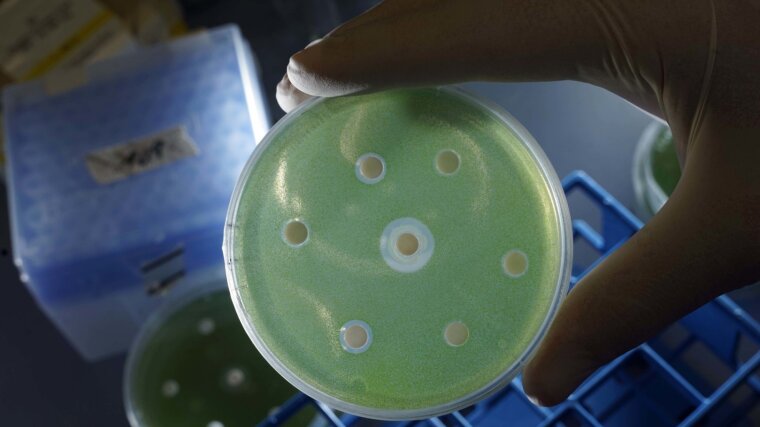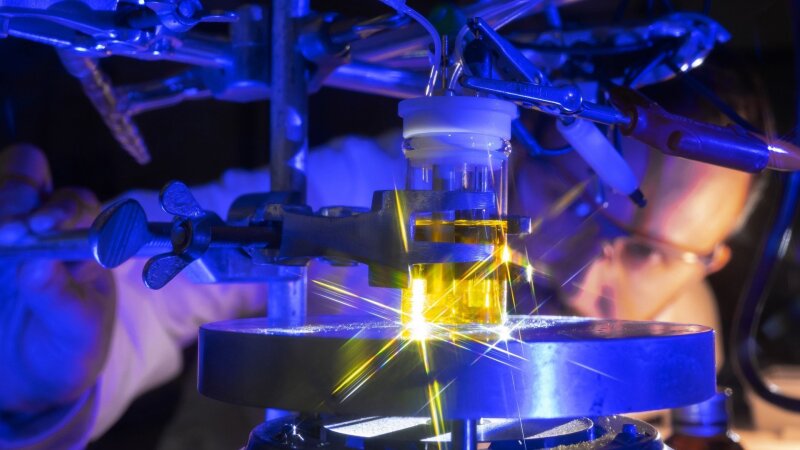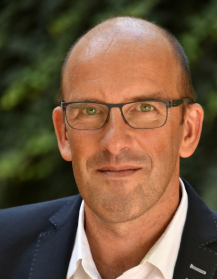
- Light
- Life
Published: | By: Axel Burchardt/Annika Bingmann
Source article
The German Research Foundation (DFG) announced today that it will fund two Collaborative Research Centres (CRC) for a further four years. A total of about 26 million euros in funding is expected for the projects of these large-scale research associations. This will enable researchers to continue the successful work of CRC 1127 “ChemBioSys” and the Collaborative Research Centre/Transregio (CRC/TRR) 234 “CataLight”, which is run jointly with Ulm University and other partners.
“The renewed funding of the two Collaborative Research Centres by the DFG proves, on the one hand, that the research conducted to date is at the highest level and that further exciting results can be expected,” says Prof. Georg Pohnert, a chemist and Vice-President for Research at the University of Jena. “On the other hand, these CRCs shape the university’s LIFE and LIGHT profile lines, and show that we’re on the right track with our research strategy,” adds Pohnert, who is himself a member of the coordinating team for the CRC ChemBioSys.
CRC ChemBioSys: understanding and influencing complex biosystems
The new – and third – funding phase of the CRC “ChemBioSys – Chemical Mediators in Complex Biosystems”External link starts on 1 July. In 22 individual projects, the scientists are investigating the complex communication pathways and interactions between different organisms and their environment. The focus is on natural products that serve as mediators – virtually acting as nature’s chemical language.
Whether plant, animal, fungus or microorganism, no living being lives in isolation on Earth. Instead, organisms form species communities. For example, microbial networks regulate a multitude of complex processes in nature. They are just as essential for a stable climate as they are for sustainable agriculture. Chemical mediators play a key role in regulating the composition of biosystems. This has fundamental consequences in habitats such as soil and bodies of water, but also in symbioses and infections by pathogens. To date, knowledge about chemical mediators is mainly limited to bilateral interactions. However, insights into the regulation of multi-partner interactions are urgently needed to understand the organisation of complex biological systems. The aim of CRC ChemBioSys in the next funding phase is to continue to discover new chemical mediators that influence complex communities and to learn to understand the mechanisms by which community structures emerge and diversity is maintained. The long-term goal is the targeted manipulation of complex biosystems using chemical mediators.
CRC/TRR CataLight: “green” hydrogen according to nature’s model

The Collaborative Research Centre/Transregio “CataLight – Light-driven Molecular Catalysts in Hierarchically Structured Materials: Synthesis and Mechanistic Studies”External link focuses on the research and environmentally friendly production of solar fuels. The aim is to convert sunlight into “green” hydrogen with the help of chemical processes such as photosynthesis and use it as a climate-friendly energy source.
The researchers came closer to their goal in the first funding phase: successes range from the development of a compact single-molecule catalyst that can produce solar fuel in the dark using light energy storage to a molecular repair mechanism for photocatalysts. In accordance with photosynthesis, light-driven hydrogen formation can take place many times with the same molecule, which makes the system much more durable.
In the new, second funding phase, the solar energy converters are to be made more sustainable. Currently, rare materials such as ruthenium, platinum or rhodium are still found in the catalysts or photocentres. These ecologically questionable components are to be replaced by more readily available alternatives. Inorganic dyes, such as those being studied in Jena, may solve the problem. It is possible that their instability could be resolved by means of the repair mechanisms developed in the CRC. “Furthermore, we’ll optimise the material link in the solar energy converters in the second funding phase. The goal is a light-driven process with coupled oxidation and reduction. In addition, there will be the further development of physicochemical analysis methods,” explains Prof. Benjamin Dietzek-Ivanšić of the University of Jena, who will act as coordinator for the CRC/TRR in the new funding phase.
In addition to Jena and Ulm as lead universities, the University of Vienna, the Max Planck Institute for Polymer Research in Mainz and the Leibniz Institute of Photonic Technology are participating in the Collaborative Research Centre. In the future, the Ulm Centre for Solar Energy and Hydrogen Research (ZSW), as well as researchers from the Universities of Gießen and Mainz, and Mercator Fellows, will strengthen the research network.
